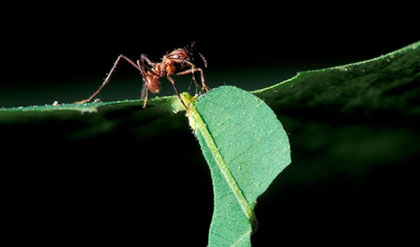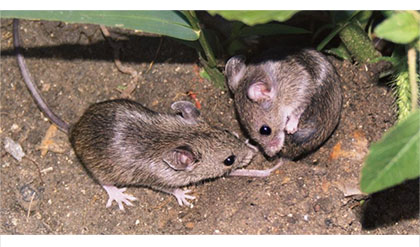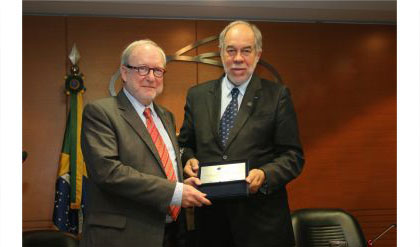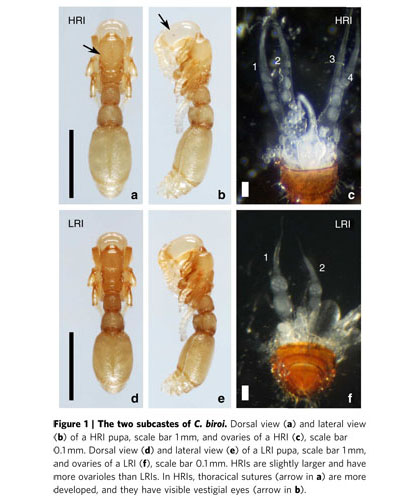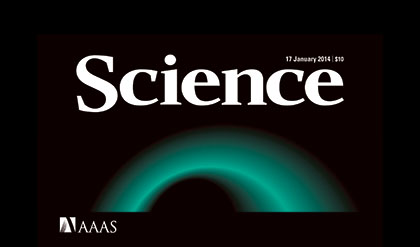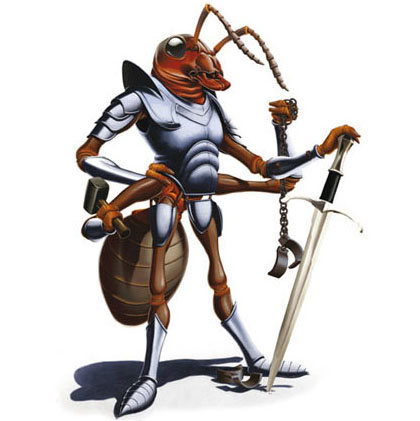| November 2023 | ||||
The article of Baptiste Piqueret, Brigitte Bourachot, Chloé Leroy, Paul Devienne, Fatima Mechta-Grigoriou, Patrizia d'Ettorre and Jean-Christophe Sandoz (see below) has been highlighted in the journal Science & Vie, HS 308, page 68. [for subscribers only]. |
 |
|||
| February 2022 | ||||
An article of Baptiste Piqueret, Brigitte Bourachot, Chloé Leroy, Paul Devienne, Fatima Mechta-Grigoriou, Patrizia d'Ettorre and Jean-Christophe Sandoz has been published in iScience Ants detect cancer cells through volatile organic compounds Cancer detection is a public health issue, but the methods currently available (e.g. MRI or mammography for breast cancer) are often expensive and/or invasive, which limits their widespread use. Alternative methods, such as the use of the animal sense of smell, are being studied, and promise a cheaper and non-invasive detection of cancers. A team of researchers from the Laboratory of Experimental and Compared Ethology at the Université Sorbonne Paris Nord, the Institut Curie, the Université Paris-Saclay and the CNRS has tested the feasibility of using a common species of ant for this task. After a minutes-long training, these insects, that make extensive use of olfaction for their daily tasks, were able to differentiate healthy human cells from cancerous ones. By analysing the compounds emitted by the different cells, the scientists demonstrated that each cell line had its own smell that could be used by the ants to detect them. The effectiveness of this method needs to be evaluated in clinical tests using a whole organism, but this first study shows the high potential of ants, able to learn quickly, at a low cost, while still be effective. These results can be seen in iScience. |
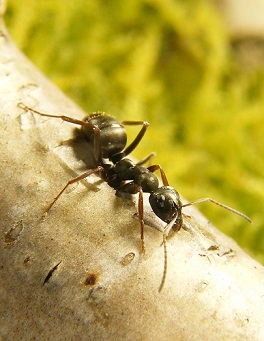 |
|||
| June 2019 | ||||
An article of Baptiste Piqueret, Jean-Christophe Sandoz and Patrizia d'Ettorre has been published in R. Soc. Open Sci. 6: 190778. |
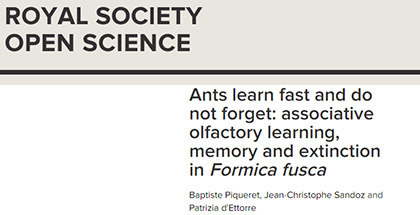 |
|||
| March 2019 | ||||
Combinatorial Inference in Geometrie Data Analysis deals with combinatorial inference methods for Geometrie Data Analysis (GDA). It proposes multidimensional statistical inference methods that make no assumption to the process of generating data or distributions and that are not based on random modelling but on permutation procedures recasted in a combinatorial framework. The book focuses particularly on problems of typicality-comparisons of a group of observations to a reference population (combinatorial test) orto a reference value of location parameter (geometrie test) and on problems of homogeneity-comparison of several groups for two basic designs. These methods consist in using combinatorial procedures to build a reference set with respect to which we situate the data. The chosen test statistics lead to original extensions: geometric interpretation of the observed level and construction of a compatibility region. This book is written by Jean-Luc Durand (LEEC) in collaboration with B. Le Roux and S. Bienaise for those who use multivariate statistics, mathematics students interested in applications, and applied science students specializing in statistical analysis. lt can be used for teaching at the post-graduate levels and for research. |
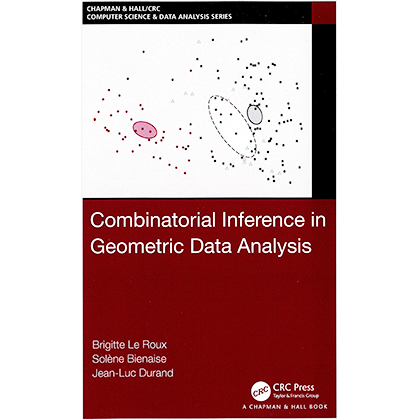 |
|||
| October 2018 | ||||
Small, marine hermaphroditic worms (Polychaeta) are capable of sophisticated forms of reciprocation: sexual partners exchange egg clutches and lay approximately as many eggs as they have received from the partners. An article by Laura Picchi and Maria Cristina Lorenzi (LEEC-Laboratoire d'Ethologie Expérimentale et Comparée) in collaboration with Guénaël Cabanes (LIPN-Laboratoire d’Informatique de Paris-Nord) and a former student of the Master in Ethology, published in Current Biology. |
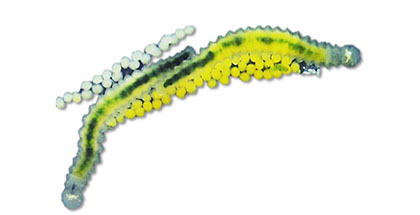 |
|||
| September 2018 | ||||
13/09/2018 The Universite Sorbonne Paris Nord, USPN and the Universidad Autónoma de Tlaxcala, UATs have co-signed an agreement to facilitate the exchange of researchers and teachers between both etablissements. For this occasion, different administrative representatives of the Universidad Autónoma de Tlaxcala came to USPN to hand over the signed convention and to discuss further collaborations. The link between USPN and UATx was initially based on a longstanding and fruitful scientific collaboration between the Laboratoire d Ethologie (LEEC) of USPN and the Centro Tlaxcala de Biología de la Conducta, CTBC of the UATx, focusing on the development of individual differences in behavior of small mammals. |
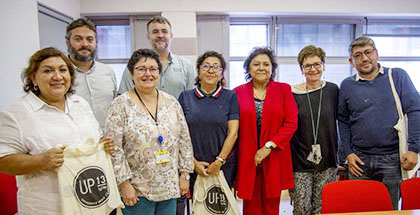 |
|||
| February 2018 | ||||
Rapatrier et soigner les blessés, une étude sur les fourmis combattantes de Côte d’Ivoire. Des chercheurs allemands montrent que lors de combats avec des termites, certaines fourmis africaines ramassent leurs blessés, les ramènent au nid et les soignent rapidement. Une activité de secouriste unique dans la nature. Interview with Elise Nowbahari on rescue behaviour of ants. Podcast 'La tête au carré' (France Inter). |
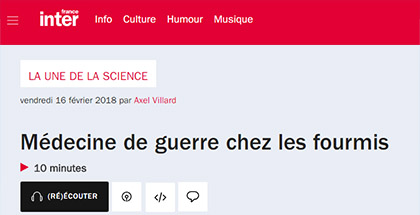 |
|||
| February 2017 | ||||
Synchronised swimming seems to make dolphins more optimistic. An article of Isabella L.K. Clegg, Heiko G. Rödel and Fabienne Delfour (published in Behavioural Brain Research 322, 115-122) has been highlighted in New Scientist. |
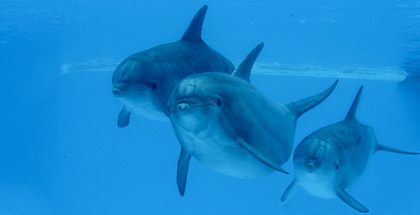 |
|||
| December 2016 | ||||
| Patrizia d'Ettorre : Genomic and brain expansion provide ants with refined sense of smell. In : PNAS Commentary vol. 113, n° 49 December 2016 | 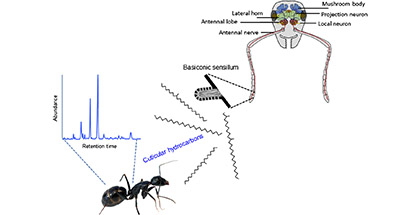 |
|||
| September 2016 | ||||
| Patrizia d'Ettorre : Fourmi... Fourmi.. fourmidable ! In : Sciences Psy N°7 September 2016 | 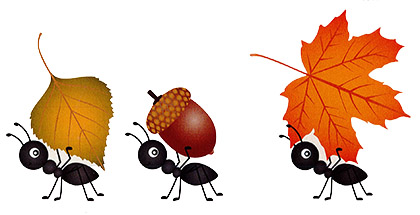 |
|||
| June 2016 | ||||
| Benjamin Lecorps, Heiko G. Rödel and Christophe Féron : Assessment of anxiety : a matter of temperature ? In : Atlas of Science |  |
|||
| October 2015 | ||||
| Une nouvelle espèce d'araignée a été découverte David Sillam-Dussès (MCF HDR, chaire d’excellence, membre du LEEC), ayant découvert une nouvelle espèce d’araignée lors de l’une de ses missions en Guyane, voit son nom attribué à ce joli arachnide : dorénavant, il s’appellera donc Charinus sillami. Deux scientifiques ont travaillé sur cette araignée, Florian Reveillion et Pierre-Olivier Maquart. Vous pouvez voir deux exemples de cet amblypyge sur la photo ci-contre, ou lire leur article pour en savoir plus sur animal. Une jolie démonstration du LEEC et de ses membres qui "tissent un peu plus leur toile" (scientifique) dans leur domaine. |
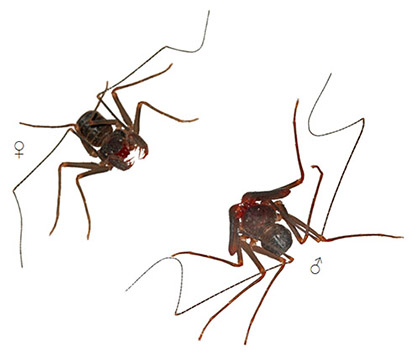 |
|||
| May 2015 | ||||
| Patrizia d'Ettorre co-authored an article, which has been highlighted in Scienceshot | ||||
| April 2015 | ||||
| Mouse mates with similar personalities start families faster Anxious paired with anxious, nonchalant with nonchalant — it’s the match that matters An article of Marylin Rangassamy and colleagues published in Animal Behaviour has been highlighted in ScienceNews. |
||||
| January 2015 | ||||
| Pierre Jaisson has received an official token of gratitude by the government of Brazil to honour his successful activities as (now past) president of COFECUB. | ||||
| February 2014 | ||||
| Serafino Teseo, Nicolas Châline, Pierre Jaisson & Daniel J.C. Kronauer
Epistasis between adults ans larvae underlies caste fate and fitness in a clonal ant. |
||||
| January 2014 | ||||
| Patrizia d'Ettorre co-authored an article published in Science
Van Oystaeyen et al. (2014) Conserved class of queen pheromones stops social insect workers from reproducing. Science 343, 287-290. |
||||
| December 2013 | ||||
| The work of Elise Nowbahari on rescue behaviour of ants has been highlighted in the NewScientist.
The Gallant Ant by Laura Spinney |
||||

